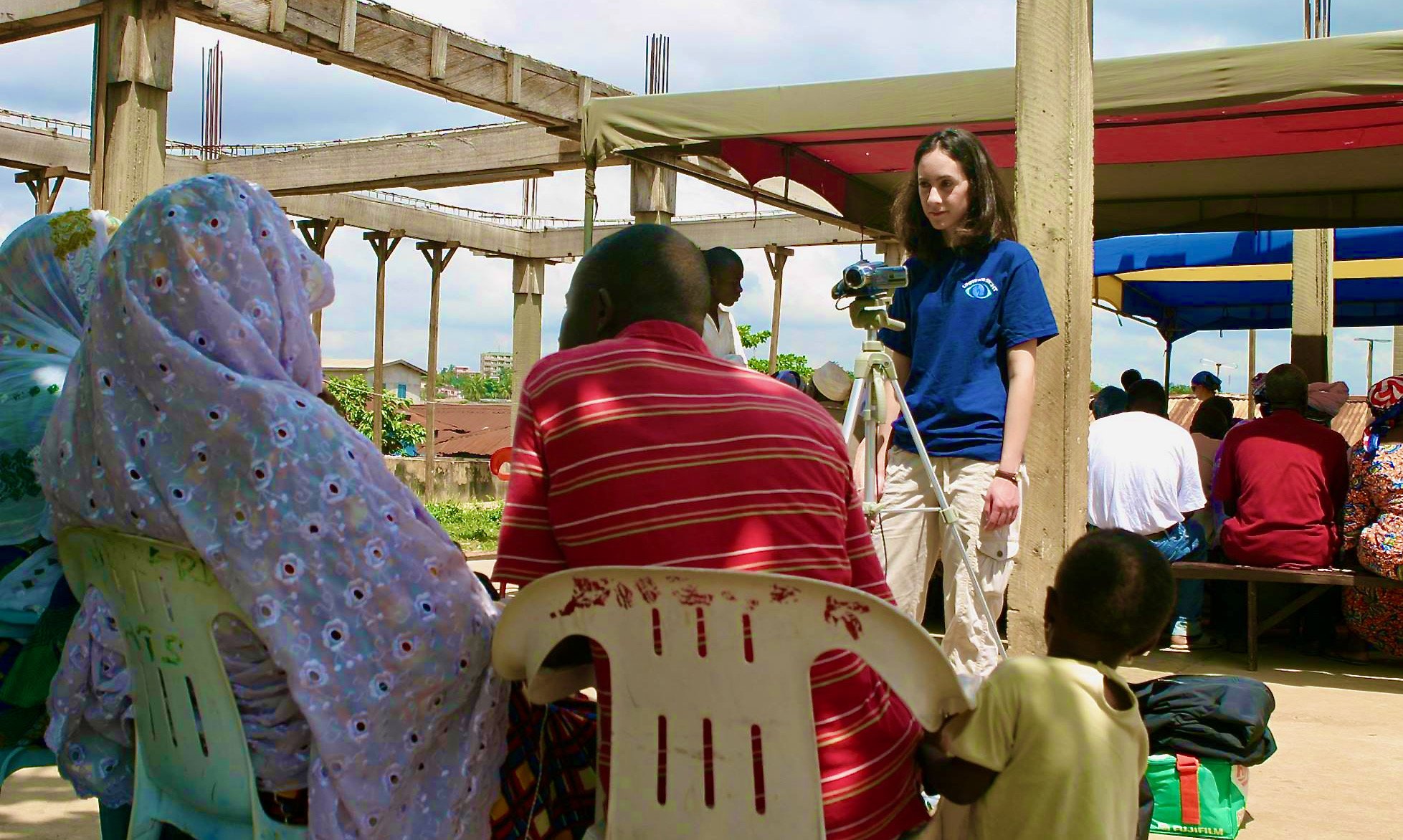
CERTIFICATE IN RESPONSIBLE NGO MANAGEMENT
Course 1: Program Development and the Importance of Local Collaboration
“There is an absolute necessity of turning to communities, families and children themselves as proactive participants in the analysis of their own situation and opportunities, in assessing their needs and resources and designing and carrying out solutions, trusting local and traditional methods.”(1) It is important to support the ideas and programs of local professionals because they are the ones who know their communities the best. When the stakeholders’ needs are not known, it is impossible to ensure the implementation, ethics, or success of a given program.(2)
Ahmsa, founded in 2004 by Matt Alexander, is an organization that involves locals and provides aid to those who were displaced from their homes by fighting between right wing paramilitaries and leftist guerrilla groups in Colombia. The organization states that they believe that local leaders know how best to solve their problems. Therefore, the organization's entire development team is comprised of Colombians. The organization trains local leaders to identify local needs, design projects, and mobilize resources for their communities. As the founder explains, “communities know what they need; they know what they want… it’s just a matter of approaching them with respect and listening.”(3)
Though local collaboration is extremely important for program development and effectiveness, the Listening Project recently found that most organizations do not listen to, nor incorporate, the local communities’ needs. The Listening Project’s main goal is to listen to and analyze the responses and insights of people who have received aid. Over the past 5 years, The Listening Project held conversations with nearly 6,000 people and found that “most donors and aid agencies do not spend much time listening to local people’s perspectives or reflecting on the impacts of their work.”(4) The organization also found that while people appreciate the aid, they want a greater focus on achieving long term relationships between the organizations and local community. This project confirms the importance and need for increased local collaboration.
Worst Practice: Failing To Consult Local Community Members
When NGOs do not collaborate with the local community, or fail to develop solutions based on the expressed needs of the local community, they can potentially cause significant harm. For example, PlayPumps aimed to bring clean drinking water to communities in sub-Saharan Africa by creating and distributing an innovation that enabled children to play on a merry-go-round water pump. The idea was that as children spun on the merry-go-round, water would be pumped into a storage well. Because this seemed like such a great idea, the organization grew exponentially, receiving support from politicians and celebrities, and kept on with its mission of supplying water to sub-Saharan Africa. Despite the many problems associated with PlayPumps, such as their installation in unsuitable places, the lack of spare parts for repairs, the difficult repairs involved, and the children’s loss of interest in playing on them, PlayPumps continued to push for the installation of more pumps to meet their goals of raising $60 million and installing 4,000 pumps by 2010. In this case, the organization felt pressure from donors to put their money to use; therefore, they continued expanding without taking into account a given community’s wants or needs. They removed the hand pumps that were previously used in the communities, and unilaterally decided to replace them with PlayPumps, without assessing whether the PlayPumps were wanted or appropriate for the community. PlayPumps were installed in unsuitable environments that were sparsely populated and did not have enough children to use them. As a consequence, older women had to spin the apparatus, often by themselves, which was very physically difficult and often embarrassing. Thus, many local beneficiaries of PlayPumps expressed enormous frustration with them and complained that no one asked if they would want one installed, and that they preferred the hand pumps that they had originally. By 2010, the PlayPumps organization ceased operations. By examining PlayPumps as a case study, it is evident that the failure of PlayPumps is largely due to the fact that the organization did not consult with local people about what they wanted, needed, and about what they would use.(5)
Similarly, massive international aid efforts that do not take into account their impact on local communities may significantly harm local communities. For example, in rural Kenya, an American investor hoping to alleviate poverty decided to create a multimillion dollar rice farm. However, the local community members report that the farm has done more harm than good, as many local farmers have experienced devastating flooding as a result.(6) Similarly, after a devastating earthquake in May 2006 in Indonesia, aid workers from Domes for the World built settlements of houses shaped like igloos that were earthquake and wind resistant. They were easy to build and very durable, but the logistics of the project were not fully considered. The local people who received the houses did not know if they owned the domes, if they would eventually have to buy them, or if their animals could graze on the nearby land. A woman from Java explained that if she had been asked, it would not have been her first choice of aid stating, “if there was money, I would prefer money”.(7) There are many examples of NGOs and aid efforts that do not collaborate with local communities, nor take into account their needs. This not only impacts the community they are trying to help, but also fosters unfortunate attitudes of colonialism and paternalism.
Footnotes
(1) De Berry, J. (1999). Exploring the concept of community: implications for NGO management (No. 8). Centre for civil society, London school of economics and Political Science.
(2) “Shortage of good ideas or excess unlearnt lessons? What really works in international aid?” http://npbzse2008.blogspot.com/2010/06/shortage-of-good-ideas-or-excess.html.
(3) “Beyond Good Intentions. Episode 1: International Aid Workers.” http://www.beyondgoodintentions.com/episode1.html.
(4) Brown, D. “Listing to People on the Receiving End of Aid.” http://hausercenter.org/iha/2010/09/01/listening-to-people-on-the-receiving-end-of-aid/.
(5) “Troubled Water.” http://www.pbs.org/frontlineworld/stories/southernafrica904/video_index.html.
(6) “Good Fortune.” http://www.pbs.org/pov/goodfortune/.
(7) “Beyond Good Intentions. Episode 3: Disaster Relief” http://www.beyondgoodintentions.com/episode3.html.
